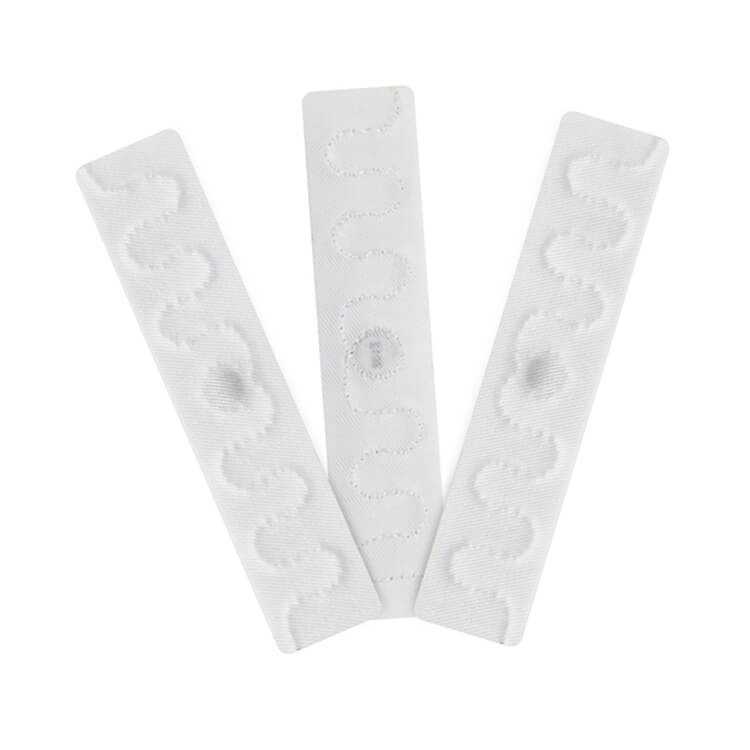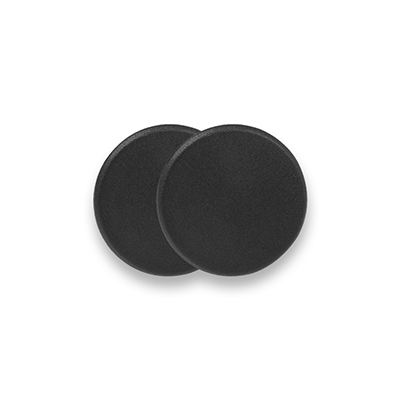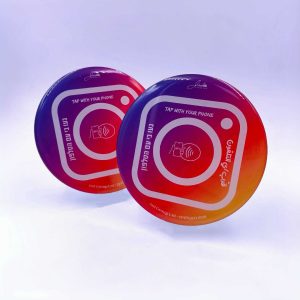Introduction
Near Field Communication (NFC) technology has transformed the way we interact with devices and objects. In this article, we’ll delve into a comparison between two popular NFC chips: the ICODE SLIX2 and the NTAG215. Let’s explore their features, specifications, and use cases.
1. ICODE SLIX2
Overview
- The ICODE SLIX2 is part of NXP’s ICODE family of chips.
- It boasts several enhancements over the older ICODE series.
- Key Features:
- Total memory: 316 bytes
- User memory: 320 bytes
- Max URL length: 250 characters
- UID (Unique Identifier): 8 bytes
- Data retention: Up to 50 years
- Write endurance: 100,000 cycles
- ScanStrength: High
Technical Specifications
- Chip thickness: 120 μm
- NFC Forum Type: 5
- Operating Frequency: 13.56 MHz
- Data Transmission Rate: 53 kbit/s
- Standard: ISO/IEC 15693
Use Cases
The ICODE SLIX2 finds applications in:
- Libraries (for book tagging)
- Item tracking
- Anti-counterfeiting measures
- Asset management
- Packaging and logistics
- Product marketing
- Large-scale asset tagging
2. NTAG215
Overview
- The NTAG215, also manufactured by NXP, belongs to the NTAG family.
- Key Features:
- Total memory: 504 bytes
- User memory: 504 bytes
- Max URL length: 488 characters
- UID: 7 bytes
- Data retention: Up to 10 years
- Write endurance: 100,000 cycles
- ScanStrength: High
Technical Specifications
- Chip thickness: 75 μm / 120 μm
- NFC Forum Type: 2
- Operating Frequency: 13.56 MHz
- Data Transmission Rate: 106 kbit/s
- Standard: ISO/IEC 14443 A
Use Cases
The NTAG215 is ideal for:
- Vouchers
- Object identification
- Very long tracking URLs
- Libraries (item tagging)
- Counterfeit protection
- Asset marking
Conclusion
Both the ICODE SLIX2 and the NTAG215 offer unique features and capabilities catering to diverse NFC applications. The choice between the two depends on specific requirements such as memory capacity, data transmission rate, and compatibility with NFC devices. By understanding the differences between these NFC chips, you can make an informed decision based on your project needs and objectives.
Choose your NFC chip wisely based on your project requirements. Here’s a quick summary:
- If you need more memory and features, opt for the ICODE SLIX2.
- If cost-effectiveness and shorter applications suffice, the NTAG215 is a reliable choice.
















